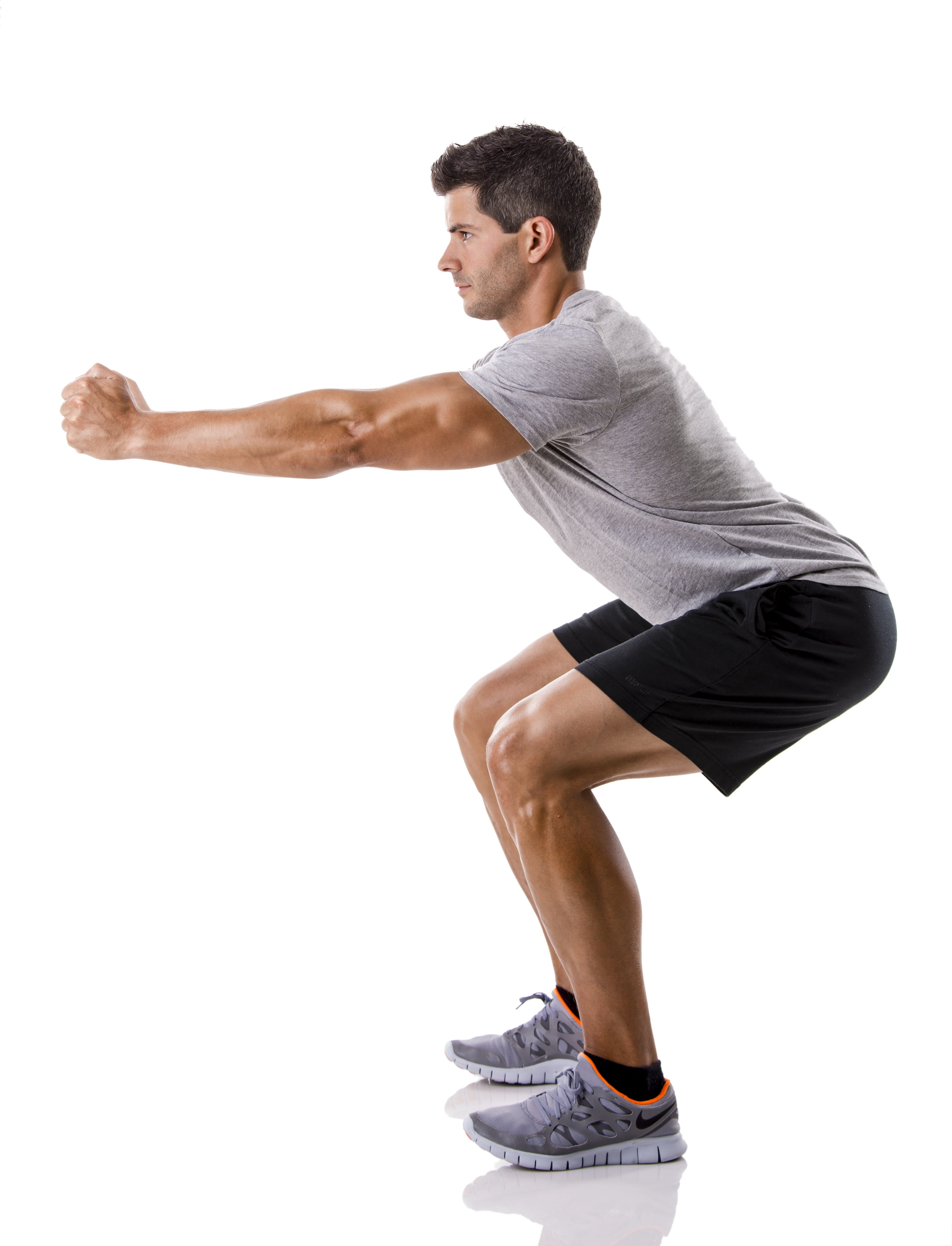Maintaining Mobility as You Age

For relatively young people, it can be difficult to imagine the changes in mobility that older adults must contend with. But like many other unavoidable effects of aging, immobility creeps into our lives slowly, often without our notice. For many people, the realization happens all at once: “I’m 65 and I can’t move around nearly as well as I could when I was 35.” Immobility, to one degree or another, is unavoidable. Luckily, mobility can be somewhat restored, or prevented altogether, if the proper care is taken. Here are a few methods.
- Stay Active. Immobility occurs as a side effect of age. Our bodies simply start to wear out, losing strength and elasticity. But it’s easier than many people think to manage the rate and degree of this decline. One of the best ways to hang on to what you’ve got is to stay active at all stages of life. Office jobs and sedentary living have a way of taking the spring out of our steps, especially when they are most of the way people spend their time over decades. To combat the effects of slow living, it’s important not just to move around, but to move around in the right way. There are many ways to help, including long walks or hikes with the dog, regular swimming, yoga and focused stretching exercises, strength training, etc.
- Alter Your Routine. As comfortable as it can be, routine was not the way humans were intended to live. Modern life enables many of us to live one day much like the next. This eliminates stress and the need for improvisation or planning. But it can also lead to a body that doesn’t have to exert itself or adapt to new challenges. By finding intentional ways to deviate from the everyday schedule, you’ll be able to pull your physical body out of a run which will wear it down over time. You can accomplish this in a number of ways. Invite a friend out for a trip to the park. Bike to work and take a different route every once in awhile. Wake up early on Saturday morning and walk to the farmer’s market. Take up a new outdoor hobby, even if it’s just going fishing with your nephew. There are plenty of new ways to live which stimulate body and mind.
- Adjust Your Lifestyle. Because not every ounce of your youthful vim and vigor can be preserved forever, it’s OK to adjust your lifestyle to your physical needs. Your choice of rise and recline chairs, for example, is one way to make independent life at home much easier for aging adults, especially those suffering from arthritis or other autoimmune diseases. Look at the simple changes you can make around the house which will make a big difference in how easy it is to live your life.
There are plenty of ways to hang onto flexibility and mobility. Make these an ongoing priority in your life, and you won’t suffer the decline, pain, and frustrations typical of the aging adult in the UK.